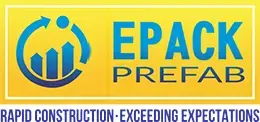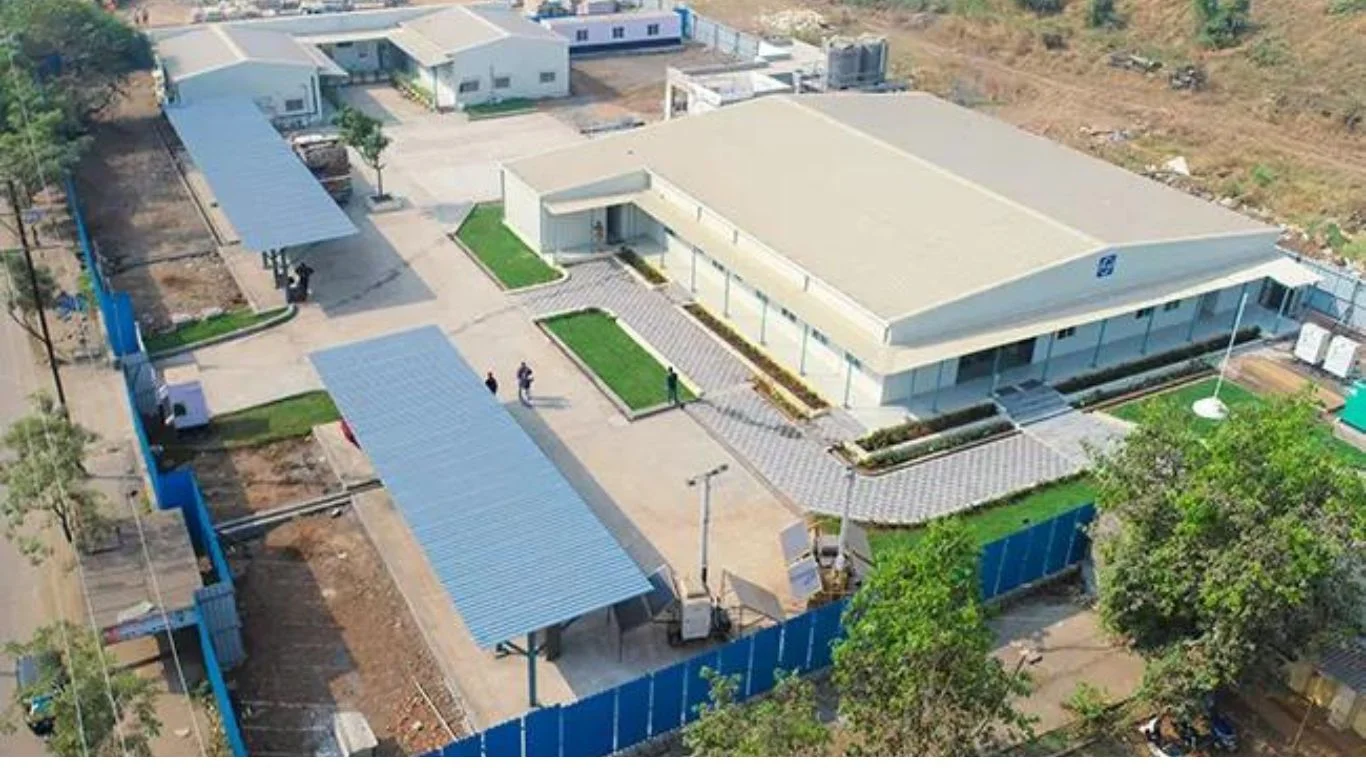Prefabrication is becoming an increasingly common notion in the real estate sector. Since the introduction of prefabricated houses, modern, technically advanced, and aesthetically progressive building and design practises have flourished in India. This cutting-edge technology may be utilised to build any form of construction, from high-rises to low-rises, single-family houses to large cities. To bring complex plans and high-quality buildings to life, architects rely on tried-and-true methods.
According to housing industry data, a deficit of 18.8 million dwelling units is expected in India’s urban centres. As an alternative, the prefabrication technology can be employed to build houses at a threefold faster rate. The normal time necessary to create a multi-storey building has been decreased from 120 days to 90 days, with a 20% reduction in materials and area required.
Prefabrication as a Construction Technique
Prefabrication is a construction approach in which project components are built at a factory or other off-site manufacturing facility and then shipped to the construction site for assembly.
Components can be rapidly and easily assembled right on the construction site. Almost every component of a building, from the windows and walls to the stairwells and ceilings, and even the roofs and entire structural systems, can be erected to exact specifications.
Because of the controlled conditions required during construction, the prefabrication approach demands substantial planning. It is gaining popularity because it enables for the manufacture of critical building components away from the construction site and their subsequent transport to the site for assembly. When this happens, the entire structure is constructed on the spot.
Is there a disadvantage or an advantage?
Prefabricated houses are advantageous since they may be constructed fast and sustainably. The environmentally friendly benefits acquired by the parts’ regulated production environment include site security, waste monitoring, enhanced air quality, and quality control. Prefabrication is a cutting-edge building and construction process that reduces the requirement for both time and physical space. Prefabrication enables the adoption of cutting-edge developments, such as the manufacture of hollow slabs and walls that are not only lighter and easier to instal, but also have a far longer shelf life.
Prefabrication is both a highly effective and much less expensive process. Rather than having skilled carpenters build the house from the ground up, prefabricated components are made off-site and delivered to the construction site. Despite being just as economical, prefab houses, also known as modular real estate, are much safer than traditional residences. Stronger against the effects of natural disasters such as earthquakes and tsunamis.
By making heavy use of automation software, prefabrication technologies limit the chance for human error. If you plan ahead of time, you won’t need as many trucks and tools on the job site. Modular dwellings benefit from being easily disassembled, reassembled, and transportable. Another advantage is the length of time it lasts.
While the upfront costs of using prefab are higher, the long-term benefits more than compensate. When execution times are lowered and the final result is delivered on time, both programmers and end users gain. Customers can also choose from a wide range of patterns and modifications.
The Advantages of Prefabrication
Prefabricated homes have more advantages than problems, making them a feasible option for construction in developing nations such as India. While prefab homes have long been stigmatised due to their perceived low quality, current industry developments have the ability to disprove this misconception and grow the market.
Prefabrication is being employed by an increasing number of organisations since it is critical to success in the building industry. Manufacturers of prefabrication equipment and components from around the world have set up shop in India to suit the country’s growing need for this form of building. The urgent requirement is for more domestic market actors to actively interact with the prefabricated homes standard, as well as for more public understanding to grow.
With the use of prefabrication technology, the Indian real estate sector can be
moved to the next level. At EPACK Prefab, we have been manufacturing pre engineered and prefabricated buildings for over two decades.











